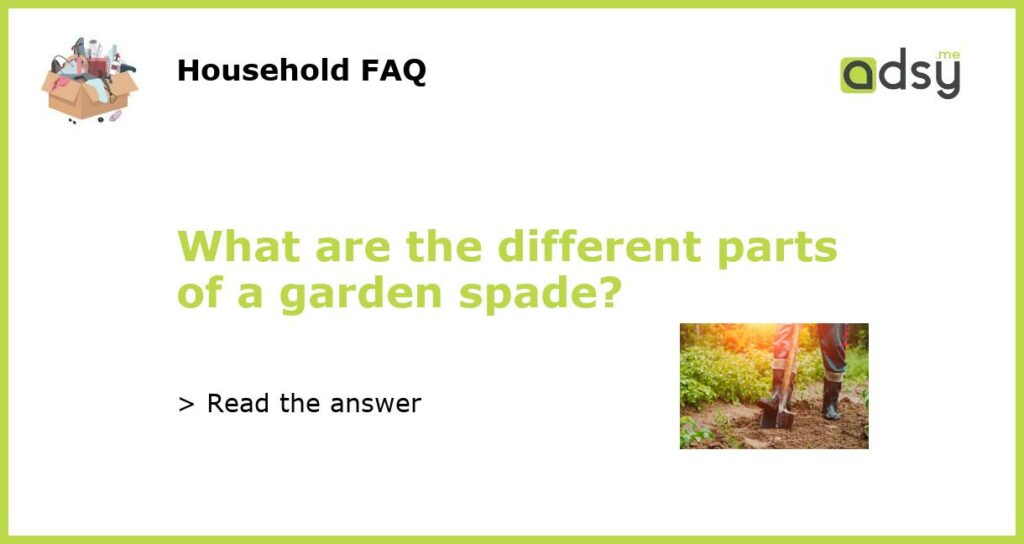The Anatomy of a Garden Spade: Understanding Its Different Parts
A garden spade plays an important role in maintaining your outdoor haven. Whether you use this tool for planting, edging, or digging trenches or holes, it’s essential that you understand its construction. Knowing the different parts of a garden spade will help you choose the right tool for the job and ensure it lasts for years.
The Blade
The blade is the main part of a garden spade and is responsible for the actual digging. Depending on the type of spade, the blade can be flat, curved, angled, or pointed. It’s important to choose a blade that’s appropriate for your needs and the type of soil you’ll be digging in. Denser soils, for example, require a pointed blade to break through the surface. The blade is also attached to the handle via the tang or ferrule, which should be strong enough to handle heavy use.
The Handle
The handle is the part of the spade that you grip and use to maneuver the blade. Handles can be made from different materials such as wood, fiberglass, or plastic. Wooden handles are durable and comfortable to grip but heavier and may require upkeep like oiling or sanding. Plastic and fiberglass handles are lighter, weather-resistant, and low-maintenance but may not be as comfortable to use for long periods as wooden ones. The length of the handle is also an important factor to consider, with longer handles providing more leverage but may be harder to control.
The Footrest
The footrest is the part of the spade located above the blade and below the handle. It provides extra leverage, allowing you to easily push the blade into the soil with your foot. Some spades may not have a footrest, but for heavy-duty digging, it’s a useful feature to have, especially for those with weaker upper bodies.
The Grip
The grip is the part of the handle that you hold onto while using the spade. It’s important that the grip is comfortable enough to hold for long periods without causing blisters or discomfort. Some spades have a cushioned grip, while others may have a non-slip surface or ergonomic shape. Choosing a spade with a comfortable grip will make your gardening tasks easier and more enjoyable.






